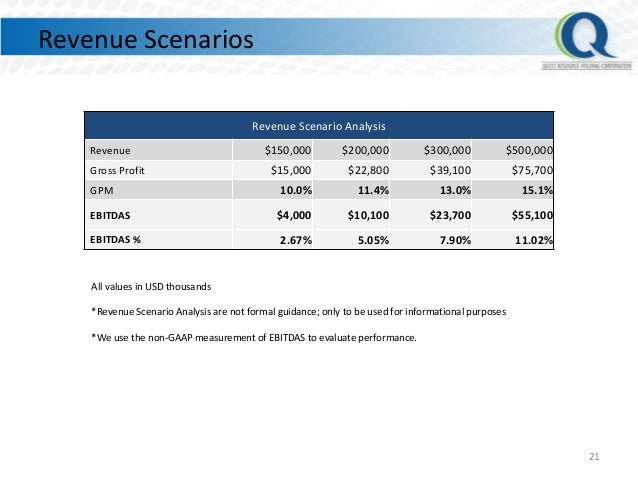

This grant will allow us to contribute to this rapidly growing field. Medicare number (where available) for identification and claiming purposes, healthcare identifiers & health fund details. Our main purpose for collecting, using, holding and sharing your personal information is to manage your health. “There is increasing interest in study of regulators of RNA processing in stem cells and disease. QARC will need to collect your personal information in order to provide healthcare services to you. Information on current and future ARC or NHMRC grant funding opportunities can now be found on the Australian Governments whole-of-government grants. “Our studies are the first to identify an essential role for DDX5 in SSCs and fertility.”


Our focus is on components and systems that provide low-overhead fault-tolerance to enable solid-state quantum computation and application of quantum information to real-world problems. “Despite the importance of male germline stem cells (known as spermatogonial stem cells or SSCs) for male fertility, molecular mechanisms regulating their function remain poorly understood,” he said. The Quantum Architecture Research Center investigates system architectures for realistic, programmable, arbitrary-scale quantum computers. “This study could help us understand the causes of male infertility and suggest therapeutic approaches to preserve fertility, but DDX5 is also involved in cancer development, so our studies could have broad implications for disease,” he said.įollowing up on work the team previously published in Nature Communications, A/Prof Hobbs says the ARC funding allows them to explore the role of DDX5 in the male germline in more detail. All Forecast Opportunities for all schemes under the Discovery Program and Linkage Program are now available on GrantConnect. The ARC’s Linkage Program supports collaborative research projects between higher education researchers and partner organisations in the public, private and not-for-profit sectors.ĪRC funding is awarded on a basis of a competitive process and rigorous assessment to support the highest-quality researchers and research projects across disciplines.L–R: A/Prof Robin Hobbs, Dr Minni (Minna-Liisa) ÄnköĪssociate Professor Robin Hobbs and Dr Minni (Minna-Liisa) Änkö were awarded $567,198 over three years for their research investigating the role of the RNA helicase DDX5 in regulating gene expression programs of male germline stem cells, using pre-clinical models, stem cell culture and genome-wide analysis approaches. “These two Curtin-led projects seek to make a real-world difference to Australia’s native botanicals and medical biotechnology industries by partnering with other experts in the field to develop new technologies.” “The ARC’s Linkage Program is a critical program for supporting the sharing of expertise between research, industry and community organisations to deliver innovative solutions,” Professor Moran said.
#QARC FUNDING CODE#
The new funding was announced by the Federal Government today as part of 68 new projects that will enable Australian academics to partner with industry, businesses and community organisations to drive innovation and deliver solutions.Īs part of a project led by Curtin Professor Ricardo Mancera ($710,423), the research team will develop advanced techniques with the aim of mitigating the impact of Myrtle rust, a disease that is pushing many native species to the brink of extinction.Īnother project led by Curtin Professor Oliver Rackham ($611,858) will bring together the scientists who were the first to discover a universal code for recognition of Ribonucleic acid (RNA) by proteins and one of the world’s leading RNA-focused biotechnology companies, Locana Biosciences, with the goal of providing robust and versatile tools to target RNA in diverse organisms.Ĭurtin University Deputy Vice-Chancellor Research Professor Chris Moran congratulated the research teams, both led by the Curtin Medical School, for their success in the latest ARC Linkage Program. Curtin University researchers will investigate fighting a plant pandemic threatening Australia’s native botanicals and further examine “life’s most essential molecule”, as the result of more than $1.3 million in funding secured in today’s Australian Research Council Linkage Program.


 0 kommentar(er)
0 kommentar(er)
